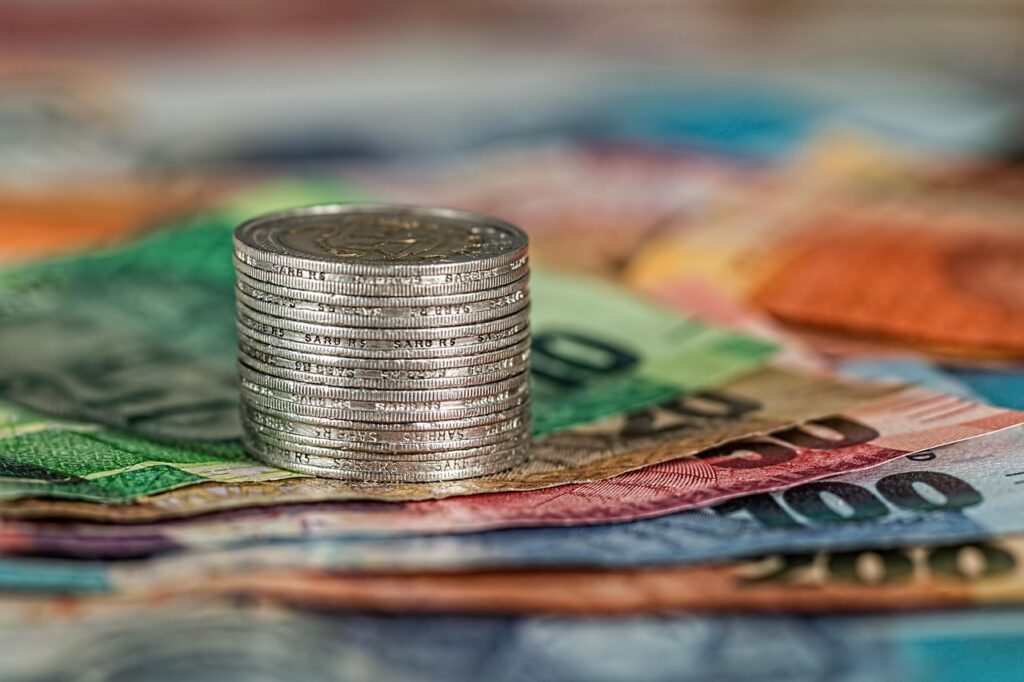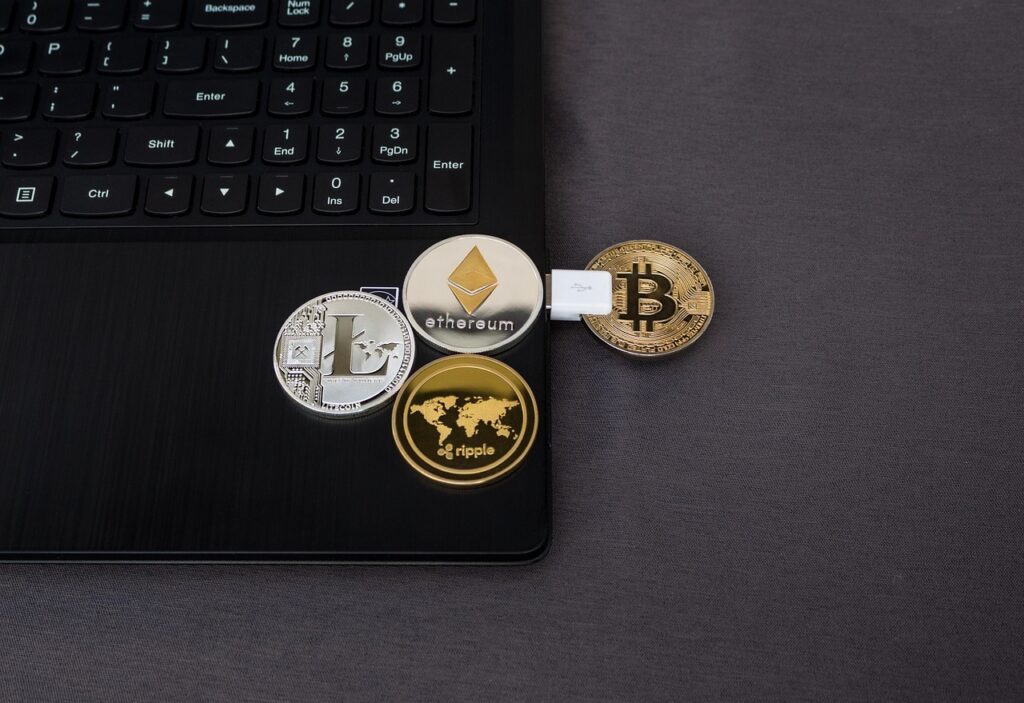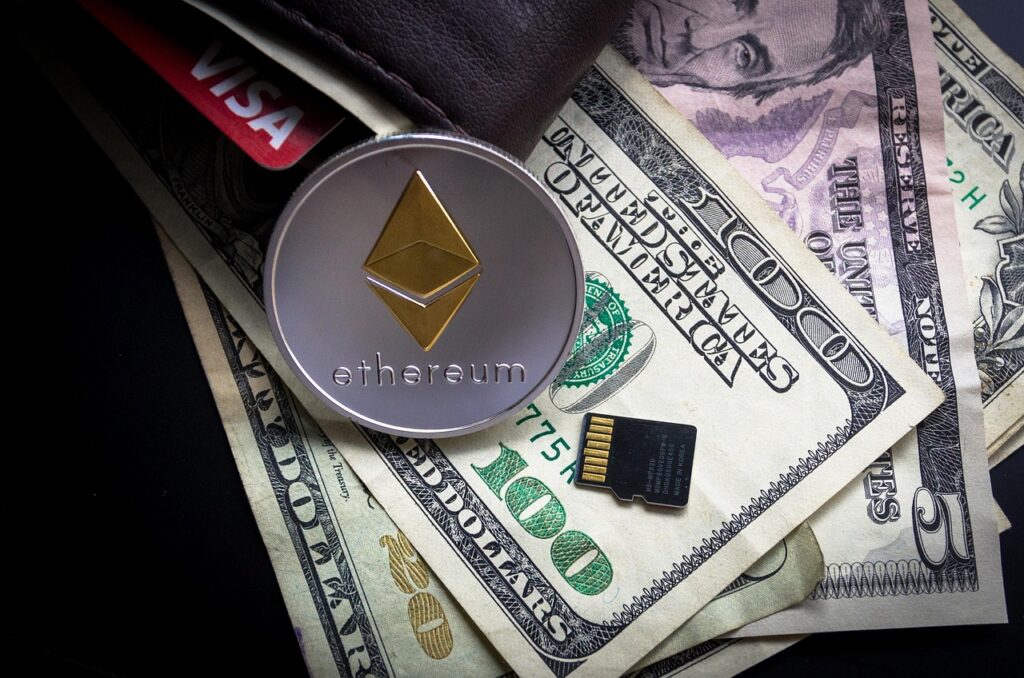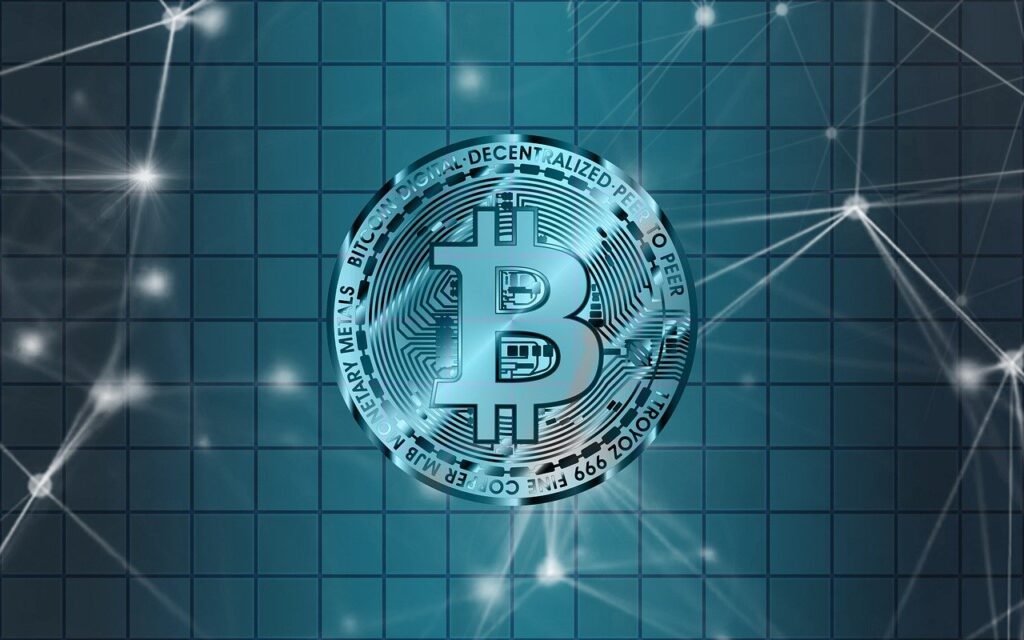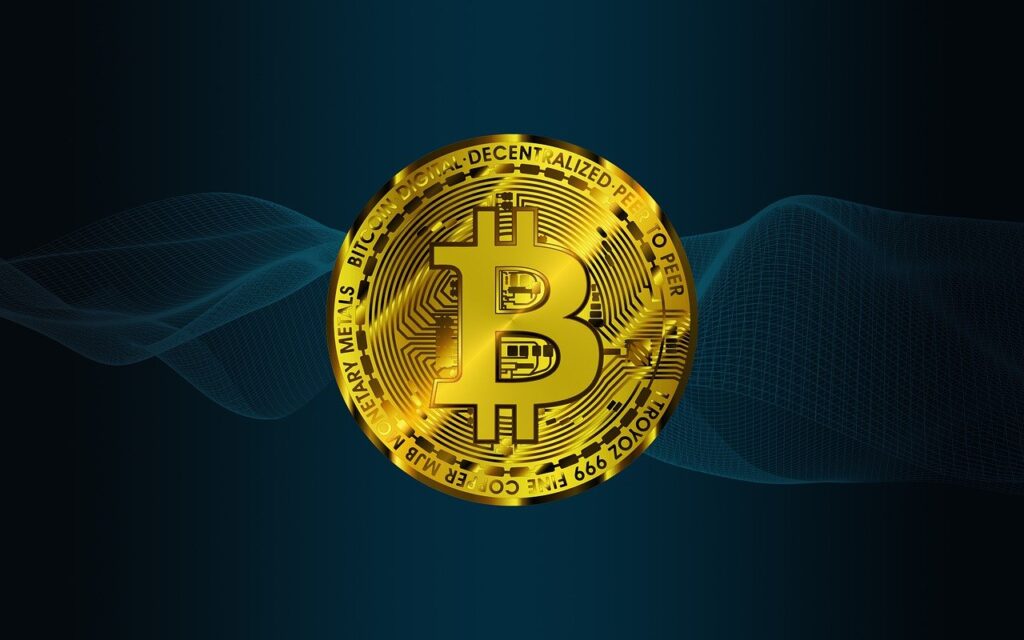More and more countries are starting to use XRP for sending money across borders. This is happening because XRP, which is a digital asset, can make payments faster and cheaper. It’s really changing how financial systems work around the world. So, if you’re wondering what countries have adopted XRP, you’re in the right place. We’ll look at how different nations are using this technology to improve their financial operations.
Table of Contents
- 1 Countries That Have Adopted XRP for Cross‑Border Payments
- 2 Japan
- 3 India
- 4 Philippines
- 5 Mexico
- 6 United Arab Emirates
- 7 Brazil & South America
- 8 Middle East & Africa
- 9 Thailand & Southeast Asia
- 10 Indonesia & Vietnam
- 11 United Kingdom & Europe
- 12 Emerging CBDC Projects
- 13 Future Outlook: XRP Expansion in BRICS & Global RippleNet Corridors
- 14 Frequently Asked Questions
- 15 Which countries are leading in XRP adoption?
- 16 How is Ripple’s XRP being used globally?
- 17 What challenges does XRP face in global adoption?
- 18 How does Ripple help financial institutions?
- 19 Which countries have partnered with Ripple?
- 20 What exactly is XRP?
- 21 What is RippleNet?
- 22 What are the benefits of using XRP for international payments?
Countries That Have Adopted XRP for Cross‑Border Payments
It’s interesting to see which countries are adopting XRP for cross-border payments. Ripple’s XRP is gaining traction globally, with several countries exploring its use in their financial systems. Driven by Ripple’s technology and partnerships, XRP is becoming a cornerstone in modernizing financial infrastructures. Japan is at the forefront, with 80% of banks expected to integrate XRP by 2025.
- Japan is leading the charge in XRP adoption.
- The BRICS nations are exploring XRP as part of their strategy to reduce reliance on the U.S. dollar.
- Asia and the Middle East are also showing interest in XRP for cross-border payments.
Ripple enjoys international growth, but regulatory uncertainty in the U.S. poses challenges. Other countries are leveraging XRP’s technology, contrasting with America’s slower adoption pace.
Japan

Japan has embraced XRP, and it’s becoming a key player in their financial scene. A lot of this has to do with Ripple’s strong partnership with SBI Holdings, a major financial services company there. They’re using Ripple’s tech to make cross-border payments way smoother.
Japan is aiming to be a leader in blockchain tech, and XRP is a big part of that plan.
Japan’s focus on XRP isn’t just about faster payments. It’s about creating a more efficient and innovative financial system. They see the potential for blockchain to transform how money moves, and they’re actively working to make that happen.
It’s interesting to see how Japan is integrating crypto into everyday life. For example, Aplus is offering a credit card that lets you turn reward points into XRP, Bitcoin, and Ethereum. It’s a pretty cool way to get into crypto without directly spending cash.
Here are some key points about Japan’s XRP adoption:
- SBI Holdings is a major driver.
- Focus on faster, cheaper international payments.
- Aiming for blockchain leadership.
India
Ripple’s technology is gaining traction in India. Two major banks, Kotak Mahindra Bank and IndusInd Bank, have adopted Ripple’s blockchain solutions to improve international payment services. It’s pretty cool to see how these big institutions are embracing new tech.
Kotak Mahindra Bank uses Ripple to cut down on the costs linked to international transactions. IndusInd Bank uses it to make payment services better, offering transfers that are faster and more reliable. This is a big deal for businesses and individuals who regularly send money across borders.
Ripple’s presence in India shows how blockchain tech can change traditional banking. It’s not just about speed; it’s about making the whole process more efficient and cheaper for everyone involved.
Here’s a quick look at how these banks are using Ripple:
- Kotak Mahindra Bank: Reducing international transaction costs.
- IndusInd Bank: Improving payment service speed and reliability.
- Both banks: Enhancing the overall efficiency of cross-border payments.
Philippines
The Philippines represents a significant market for XRP, primarily due to the country’s high volume of remittances from overseas workers. XRP facilitates faster and more affordable money transfers, addressing a critical need for millions of Filipinos. This makes it a key region for Ripple’s operations.
The Philippines is one of the world’s largest recipients of remittances. Solutions like XRP offer a way to reduce the costs and delays associated with traditional money transfer methods, directly benefiting Filipino families.
Here’s a look at some key aspects of XRP’s adoption in the Philippines:
- Remittance Efficiency: XRP enables near real-time transfers, significantly reducing the time it takes for money to reach recipients.
- Cost Reduction: Traditional remittance services often charge high fees. XRP transactions can lower these costs, allowing more money to reach families.
- Financial Inclusion: By providing access to faster and cheaper remittance services, XRP can help promote financial inclusion for Filipinos.
Given the importance of remittances to the Philippine economy, the adoption of XRP and related technologies continues to grow. Financial institutions are increasingly exploring blockchain-based payments to improve their services and better serve their customers.
Mexico
Mexico is a key market for cross-border payments, and XRP is making inroads there. Several partnerships are facilitating faster and cheaper remittances between Mexico and the United States, a major corridor for money transfers.
The focus is on improving the efficiency of these transactions, reducing costs for individuals and businesses sending money across the border. This is especially important given the high volume of remittances flowing between the two countries.
Here’s a look at some key aspects:
- Remittance Corridors: XRP is being used to streamline the flow of money between the U.S. and Mexico, offering a more efficient alternative to traditional methods.
- Partnerships: Ripple has established partnerships with financial institutions to implement XRP-based solutions.
- Cost Reduction: The goal is to significantly lower the fees associated with cross-border payments, making it more affordable for users. Consider traveling with crypto for similar benefits.
United Arab Emirates

The United Arab Emirates (UAE) is making strides in adopting blockchain technology, with XRP playing a role in these advancements. RAKBANK is already using Ripple’s blockchain technology to speed up cross-border payments, making transactions faster and cheaper. This is a big deal because it shows how traditional banks are starting to see the value in using blockchain for real-world applications.
Ripple is also working with the Dubai International Financial Centre (DIFC) to encourage more blockchain use in the UAE. This collaboration is helping the UAE become a major fintech hub. The UAE is positioning itself as a forward-thinking nation in the digital economy.
The UAE’s focus on innovation and technology makes it a great place for blockchain companies to grow. The government is actively supporting these initiatives, which helps create a friendly environment for new technologies like XRP.
Here are some key aspects of XRP adoption in the UAE:
- Faster cross-border payments with RAKBANK.
- Collaboration with DIFC to promote blockchain.
- Government support for fintech innovation.
Brazil & South America
Ripple’s influence is growing in Brazil and South America, with several initiatives aimed at improving financial infrastructure. These efforts focus on making cross-border transactions more efficient and affordable.
Ripple is working with the National Federation of Associations of Central Bank Servers (Fenasbac) to enhance payments, tokenization, and treasury management in Brazil. This collaboration highlights Ripple’s commitment to modernizing Brazil’s financial services.
Ripple’s Central Bank Digital Currency (CBDC) platform has been tested by the Bank of Colombia, indicating a move toward blockchain-powered financial systems in the region. This shows a growing interest in leveraging blockchain technology for financial innovation.
Here are some key areas of focus:
- Improving cross-border payment efficiency.
- Exploring tokenization opportunities.
- Enhancing treasury management systems.
BeeTech also uses Ripple’s technology to provide low-cost cross-border transactions, which is especially helpful for the Brazilian remittance market. This helps to reduce the costs and time associated with traditional international money transfers.
Middle East & Africa

Ripple’s influence is growing in the Middle East and Africa, with several partnerships aiming to improve cross-border payments. These regions present unique opportunities for XRP adoption due to the need for efficient and cost-effective remittance solutions.
The focus is on creating faster, more transparent, and affordable payment systems, which are particularly important for these markets.
- United Arab Emirates (UAE): Ripple has initiated cross-border blockchain payments in the UAE, collaborating with Zand Bank and Mamo.
- Egypt: Ripple has partnered with major banks like Commercial International Bank (CIB) and the National Bank of Egypt to enable blockchain-based payments and explore NFTs.
- Africa: Ripple collaborates with Onafriq to enhance remittance services across Africa, the Gulf, the UK, and Australia.
Ripple collaborates with the Dubai International Financial Centre (DIFC) to foster blockchain adoption in the UAE. This collaboration is a key step in establishing the UAE as a hub for blockchain innovation.
Thailand & Southeast Asia
Southeast Asia is a hotbed for XRP adoption, driven by the region’s need for efficient and affordable cross-border payment solutions. Remittance markets are booming in countries like the Philippines, Vietnam, and Indonesia, making them prime candidates for Ripple’s technology.
Ripple’s partnerships with local financial institutions are key to its success in the region.
Thailand is also making strides in adopting XRP. Siam Commercial Bank and Krungsri are already using Ripple’s technology to improve their cross-border payment services. This allows them to offer customers faster and cheaper international payment options.
The increasing adoption of XRP in Southeast Asia reflects a broader trend toward digital financial solutions. As the region continues to grow economically, the demand for efficient and cost-effective payment systems will only increase, positioning XRP as a key player in the future of finance.
Singapore’s regulatory environment is also playing a role. Ripple secured a Major Payments Institution (MPI) license from the Monetary Authority of Singapore, which allows it to offer payment services and support the growth of the blockchain ecosystem. This license is a big step for Ripple’s operations in Asia.
Here are some key factors driving XRP adoption in Thailand and Southeast Asia:
- High demand for remittances
- Growing economies
- Supportive regulatory environments
- Partnerships with local banks
Hong Kong is also embracing digital assets, which could further boost XRP adoption in the region. The use of crypto for wealth transfer is an interesting trend to watch.
Indonesia & Vietnam

In both Indonesia and Vietnam, XRP plays a significant role in streamlining cross-border remittances. These countries are big players in the remittance market, so efficient and affordable transfer solutions are a must. Let’s take a closer look.
XRP’s technology helps make international money transfers faster and cheaper for people in both countries.
In Indonesia, XRP is used quite a bit for cross-border remittances. This helps people send money to and from the country more efficiently. Ripple’s tech integrates into the financial system, which makes remittance services faster and cheaper. This is super important because Indonesia sees a ton of remittances every year.
The need for efficient remittance solutions in Indonesia and Vietnam is driven by large populations of overseas workers who regularly send money home to support their families. Traditional banking systems often involve high fees and slow processing times, making XRP a compelling alternative.
In Vietnam, XRP is also used a lot for cross-border remittances. It helps make international money transfers more efficient. Ripple’s tech makes these transactions faster and more affordable for Vietnamese people. It’s a win-win.
Binance is adding new USDC trading pairs, which could influence how digital assets like XRP are used in these markets. Here are some key benefits of using XRP for remittances:
- Lower transaction fees compared to traditional methods.
- Faster processing times, often completing in seconds.
- Increased transparency and traceability of transactions.
United Kingdom & Europe
Ripple has made some serious inroads in the UK and Europe, partnering with various companies to speed up international transactions. It’s interesting to see how different countries are approaching crypto regulation, and Ripple seems to be adapting well to the European market.
Ripple’s collaboration with Clear Junction is a big deal, facilitating smoother cross-border payments between the EU and the UK. This is especially important considering the changes in the region. Ripple’s technology is helping to make these transfers faster and more efficient.
The UK’s Financial Conduct Authority (FCA) oversees some of these operations, adding a layer of regulatory compliance that’s important for building trust.
Here are some key points about Ripple’s presence in the UK and Europe:
- Partnerships with UK-based companies like IFX, TransferGo, and Currencies Direct.
- Collaboration with Clear Junction for EU-UK payments.
- Testing of Ripple’s CBDC platform by the Central Bank of Montenegro.
It’s worth keeping an eye on how these partnerships evolve and how they impact the broader financial landscape in Europe. The integration of Ripple’s digital asset custody firm, Metaco, into systems like DZ Bank in Germany is another sign of growing acceptance.
Emerging CBDC Projects
It’s interesting to see how different countries are approaching digital currencies. While some are fully embracing cryptocurrencies like XRP for cross-border payments, others are focusing on creating their own Central Bank Digital Currencies (CBDCs). These CBDCs are basically digital versions of a country’s existing currency, issued and regulated by the central bank.
CBDCs aim to combine the convenience of digital money with the stability and trust of traditional fiat currency.
Think of it this way:
- A country can reduce its dependence on physical cash.
- Cross-border payments could become faster and cheaper.
- More people could gain access to financial services.
The development of CBDCs is still in its early stages, and there are many challenges to overcome. One of the biggest is ensuring that these new digital currencies can work seamlessly with existing financial systems and other blockchain networks. It’s a complex puzzle, but many believe that CBDCs have the potential to reshape the future of finance.
Several countries are actively exploring CBDC projects. For example, the Central Bank of Montenegro has partnered with Ripple to test its CBDC platform. Also, the Republic of Palau is working on a stablecoin project using Ripple’s CBDC platform. These projects show how different countries are experimenting with digital currencies and blockchain technology.
Future Outlook: XRP Expansion in BRICS & Global RippleNet Corridors
The future looks interesting for XRP, especially with the BRICS nations and the expansion of RippleNet. There’s a lot of potential for growth and new applications.
BRICS countries (Brazil, Russia, India, China, and South Africa) are looking at ways to reduce their dependence on the U.S. dollar. One option they’re exploring is using cryptocurrencies, and XRP is in the mix. While a unified digital currency is still just a possibility, XRP could play a role in making cross-border trade and payments easier between these countries.
RippleNet is also expanding its reach, creating more corridors for faster and cheaper international payments. This network uses XRP to facilitate these transactions, making it a more efficient alternative to traditional banking systems. As more financial institutions join RippleNet, the use of XRP is likely to increase.
It’s worth noting that regulatory hurdles in the U.S. have slowed down XRP adoption there, but other countries are moving forward with the technology. This contrast highlights the global interest in XRP and its potential to transform financial systems.
Here are some key areas to watch:
- BRICS Integration: How XRP might be used in trade and financial transactions between BRICS nations.
- RippleNet Growth: The expansion of RippleNet and its impact on global payments.
- Regulatory Developments: How regulations in different countries will affect XRP adoption.
Overall, the future of XRP looks promising, with potential for significant growth in BRICS nations and through the expansion of RippleNet. It will be interesting to see how these developments unfold and how XRP shapes the future of global finance.
Frequently Asked Questions
Which countries are leading in XRP adoption?
Japan is a leader in adopting XRP, with many banks planning to use it by 2025. Other areas like Southeast Asia, the Middle East, South America, and Europe are also using Ripple’s technology for sending money, digital currencies, and making their financial systems better.
How is Ripple’s XRP being used globally?
XRP is used all over the world to make payments between countries, send money, and create financial solutions using blockchain. It helps power digital currency systems in places like Montenegro and Colombia. It also supports partnerships in Africa, Oceania, and BRICS countries.
What challenges does XRP face in global adoption?
Even though Ripple is growing internationally, it faces problems because of unclear rules in the U.S. However, other countries are using XRP’s technology, which is different from the slower adoption rate in America.
How does Ripple help financial institutions?
Ripple works with financial institutions to make international money transfers faster, safer, and cheaper by using its blockchain technology.
Which countries have partnered with Ripple?
Ripple has formed partnerships with countries such as Australia, Brazil, Canada, Japan, and the UK, among others, to improve cross-border payments through blockchain technology.
What exactly is XRP?
XRP is a digital asset that works on the XRP Ledger, a blockchain created by Ripple. It is designed to make international payments quick and inexpensive.
What is RippleNet?
RippleNet is a network of financial institutions that use Ripple’s technology to send payments globally. It helps banks and payment providers make transactions faster and more transparent.
What are the benefits of using XRP for international payments?
Using XRP for cross-border payments can significantly reduce transaction times from days to seconds and lower costs compared to traditional banking methods.

